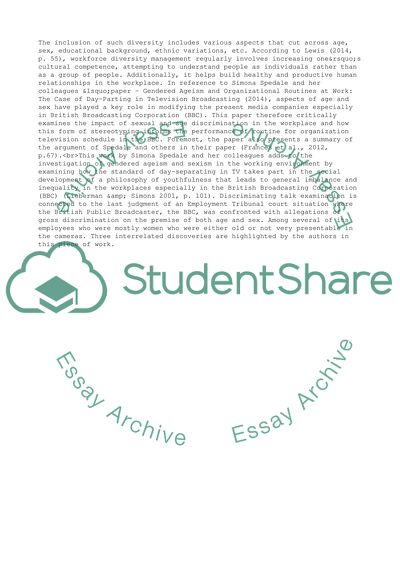Cite this document
(Critical Perspectives on Management and Organisation Essay - 1, n.d.)
Critical Perspectives on Management and Organisation Essay - 1. Retrieved from https://studentshare.org/management/1864187-subject-critical-perspectives-on-management-and-organisation-critical-writing-2
Critical Perspectives on Management and Organisation Essay - 1. Retrieved from https://studentshare.org/management/1864187-subject-critical-perspectives-on-management-and-organisation-critical-writing-2
(Critical Perspectives on Management and Organisation Essay - 1)
Critical Perspectives on Management and Organisation Essay - 1. https://studentshare.org/management/1864187-subject-critical-perspectives-on-management-and-organisation-critical-writing-2.
Critical Perspectives on Management and Organisation Essay - 1. https://studentshare.org/management/1864187-subject-critical-perspectives-on-management-and-organisation-critical-writing-2.
“Critical Perspectives on Management and Organisation Essay - 1”, n.d. https://studentshare.org/management/1864187-subject-critical-perspectives-on-management-and-organisation-critical-writing-2.


